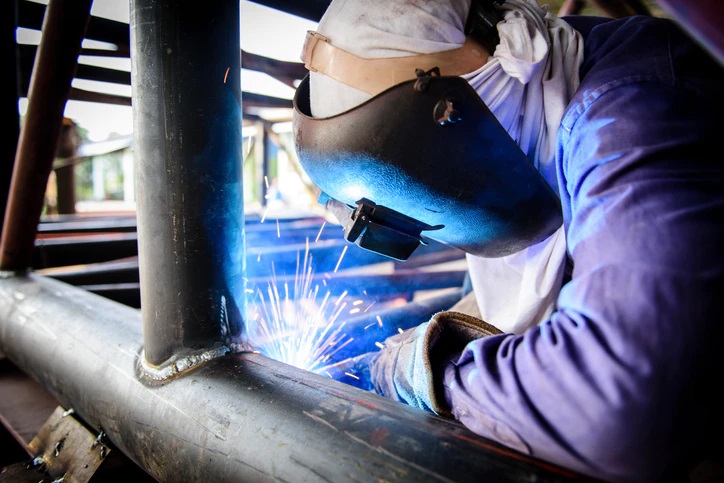How are Welded Tubes Made
by Jessica
Posted on 24 May, 2021 at 5:05 PM

There are many metal fabrication tasks and applications that require structural metal tubing. Metal tubing is very commonly used because, when compared to solid metal stock, metal tubing offers a fantastic mix of strength, low weight, and affordability. Welded tube and seamless tubing are the two most common forms. Through this article let us further understand the process of manufacturing and production of welded tubes.
What are welded tubes?
Welded tubes are structural metal tubing with a weld seam running the length of the tube. It may be manufactured out of almost any weldable metal or metal alloy, including carbon steel, stainless steel, low-alloy steel, and aluminium. Welded metal tubes come in a variety of forms and shapes, such as round, square and even rectangular.
How are welded tubes made?
Welded tubing production on a big scale is a complicated operation with multiple processes.
The first step is to choose the thickness of the metal coil, as it will eventually match the thickness of the completed tube wall. The coil should also be wide enough to reach the necessary circumference and diameter.
The coil is produced by feeding it through a succession of dies. This pulls the coil width's two edges closer together until a tube forms with one edge touching the other.
These two edges are joined together via a welding procedure.
The extra weld reinforcement may be removed at this phase, depending on the welded tube’s production procedure and depending on the necessary parameters, the freshly produced tube may additionally undergo a heat-treatment process. After that, the tube is trimmed to the required length.
What are the types of welds that are used to make welding tubes?
- Electric Resistance Welding (ERW)
- High-Frequency Welding
- Laser Beam Welding
- Gas Tungsten Arc Welding (TIG welding)
- Plasma Arc Welding
- Submerged Arc Welding
Are The various types of processes that are used to manufacture welding tubes
There are a variety of reasons why one welding procedure is preferred over another when producing welded tubes. High-frequency welding is perhaps the most popular approach.
To use high-frequency welding to make a welded tube, a high-frequency welding power source is first activated. Then the power source is turned on, the leads from the power source that is near to the constructed but unwelded tube start emitting high-frequency energy. This energy stimulates the molecules in the tube until they reach a temperature where they can link together. The two heated edges of the unwelded tube are pressed together through another die at this point, resulting in a weld.
High-frequency welding is popular because it is a well-established, repeatable technique that is both cost-effective and capable of handling poor fit-up better than other tube welding methods. It is also carried out in a continuous manner, similar to practically all large-scale welded tube production processes, allowing for great levels of productivity.
Other welding procedures are utilized in places of high-frequency welding for various reasons. Metals that are more difficult to weld than mild steel may benefit from laser beam welding. Titanium, stainless steel, and other non-ferrous alloys are examples. Because of their lower equipment costs and complexity, gas tungsten arc welding and plasma arc welding are occasionally employed instead of laser welding.
They do, however, have slower travel speeds and bigger heat-affected zones. For medium diameter carbon steel tubing, resistance welding is occasionally utilized instead of high-frequency welding. Submerged arc welding is used to create welded steel tubes with thick walls.